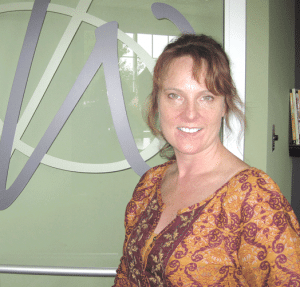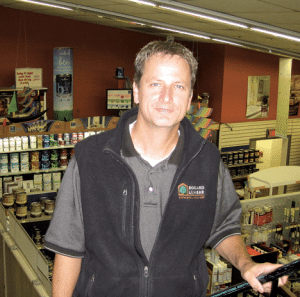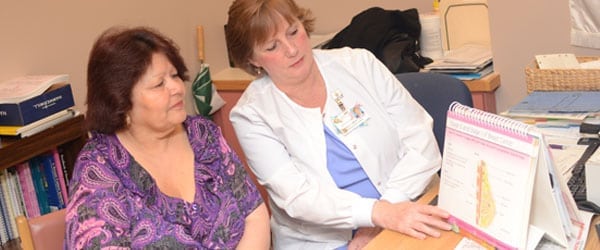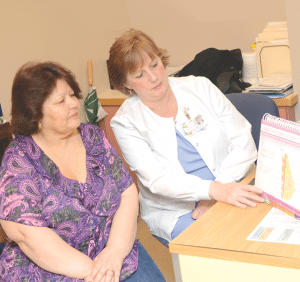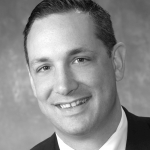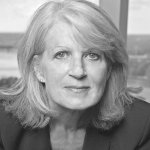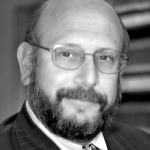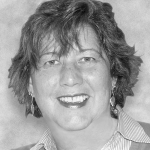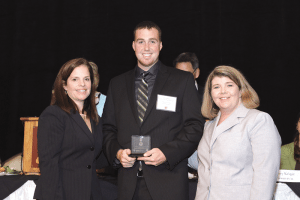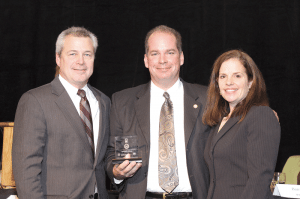Modern Technology Results in a Number of Novel Legal Issues
By KATHERINE McCARTHY
There is no question that communication has become more convenient and accessible due to advancements in technology. Computers, mobile devices, and other types of electronics play a significant role in much of our daily lives. But the everyday use of such modern technology has resulted in many complex and novel legal issues.
This article will highlight the particular issues the use of electronics presents in family-law cases, and what every spouse anticipating or involved in a divorce proceeding should know.
Electronic Evidence
Technology has changed the face of traditional evidence. Common types of electronic evidence attorneys routinely come across in their practice include information obtained from social-media sites (Facebook, Twitter, MySpace, LinkedIn, YouTube), global positioning system (GPS) tracking, text messaging, e-mail, blogging, files stored on a computer, and websites.
These types of electronic evidence are increasingly being introduced into family-law cases. For example, in the context of a highly contested divorce case, a family-law attorney is aware that a wealth of relevant information may be gleaned from the opposing party’s public Facebook or other social-media page. Too often, spouses do not realize the implications of posting comments and pictures on social-media sites. A spouse could easily damage his or her credibility in a divorce proceeding by posting questionable content on social media.
In a divorce case, custody is often an issue that is front and center. If, for example, a parent appears in pictures or makes comments on Facebook that suggest overindulgence in alcohol or other substances during his or her time with the parties’ child, this could negatively impact that parent’s request for custody. More generally, it is important to recognize that anything published on a social-networking site can resurface in litigation, and can have a negative impact on the parent or spouse’s credibility before the court.
Deleting a particular comment, message, or picture from a social-media site may not be enough. It is, perhaps, not surprising that technology exists that can resurrect information a person mistakenly believed had been successfully deleted from a website or computer hard drive. Similarly, changing one’s Facebook security settings to private is not enough because the user’s information could show up on the Facebook pages of those on their ‘friend’ list who have not made their pages private. Social-media account records can also be subpoenaed for use in a court proceeding.
Additionally, individuals should be aware that posting derogatory or negative comments about their spouse on a social-media site could have legal consequences. Such comments could result in an unnecessary defamation lawsuit, or, depending on the severity of the circumstances, a lawsuit for harassment or infliction of emotional distress.
The point here is that individuals involved in family-law disputes must be extremely careful before publishing anything on social media. As a best practice, spouses should refrain altogether from publishing any information about their pending case, their spouse, or anything else that could negatively affect his or her credibility before the court. If an individual has already posted such information, they should take the material down immediately to mitigate any potential repercussions that may follow.
Privacy Concerns
Another increasingly common issue in family-law cases concerns one spouse surreptitiously monitoring or spying on the other spouse. Emotions can run extremely high during a divorce, and some individuals have an inclination to spy on a spouse whom they suspect is behaving poorly, perhaps believing that discovered information may give the spying spouse an upper hand in a divorce. However, these individuals fail to recognize that their actions are oftentimes in violation of the law and could make them susceptible to serious ramifications.
It is true that privacy and wiretapping laws tend to vary from situation to situation. Even so, all too often spouses incorrectly assume that, because they are married, it is OK to log on to their spouse’s social-media and e-mail accounts or look at their spouse’s cell-phone content. It is important to understand what types of actions are potentially illegal.
In the electronic age, spying has become much more sophisticated. An increasing number of people are utilizing spyware technology to monitor their spouses’ online activity. Spyware is software that may be uploaded onto a computer, enabling a user to monitor and track the web activity of a specific person. Spyware software is available at retail stores and online for a modest cost. Once uploaded, the software is often difficult for the novice computer user to detect.
What many people do not know is that Massachusetts has adopted several protective privacy and wiretap laws that carry both civil and criminal penalties for violations. Uploading spyware software to a spouse’s computer, even if that computer is shared with the spouse, could run afoul of these laws. Further, just because one can purchase spyware online or at a retail store, that does not necessarily mean that the software may be legally used to monitor a spouse’s web or cell-phone activity. Illegally obtained evidence not only raises ethical considerations for the spying spouse’s attorney, but such evidence will likely be kept out of a court proceeding by a judge, rendering it useless.
Individuals also too often have the misconceived notion that it is permissible to secretly hack into their spouse’s e-mail, cell-phone and social-media accounts, and are surprised to hear that what they are doing could be illegal. A typical scenario a family-law attorney may encounter involves a client who feels strongly that, because they are still married, he or she is free to monitor the other spouse’s communications.
Similarly, because two spouses share a computer, one spouse may feel justified in monitoring the other spouse’s Internet activity. However, it is illegal under both Massachusetts and federal law to gain unauthorized access to a computer system. Individuals should be aware that logging onto their spouse’s online accounts and viewing his or her e-mails or messages without permission could subject the spying spouse to criminal penalties. This is especially true if the spied-on spouse maintains exclusive control over the device or if the account is password-protected. Further, as a general rule, secret video or voice recording of another person, even a household member, is illegal.
The current state of the law regarding unauthorized access to a spouse’s cell phone is less clear. Courts have recognized a diminished expectation of privacy between spouses, which means that what may be deemed an offensive invasion of privacy between non-married persons may not be recognized as such between spouses. But it is important that individuals are aware that the trend in Massachusetts courts is toward protecting the privacy of individuals, including individuals within a marriage. Hence, just because a spouse guesses or secretly learns the password to the other spouse’s cell phone does not mean that it is permissible to view its contents. Additionally, cell phones, particularly smartphones, are similar to computer systems. Courts could interpret the unauthorized access of a cell phone as falling within the purview of the law prohibiting the unauthorized access to a computer system, resulting in possible criminal liability.
Very often, information obtained by a spying spouse involves the other spouse’s extramarital affair. However, proof of adultery in and of itself does not hold much weight in a contemporary divorce action in Massachusetts. Hence, the risks simply outweigh the benefits in most cases.
What Everyone Should Know
Family-law cases are emotionally charged proceeding. Rational people may display seemingly irrational behavior in the midst of a highly contested divorce. That is why it is important for everyone who is party to a divorce to have a clear understanding from the outset of proper use of electronics and social media. Information about a pending divorce or child-custody issues simply should not appear on social-media accounts. Individuals should also avoid posting anything that may be harmful to their case.
And no matter how tempting it may be to secretly monitor a spouse’s e-mail, social-media accounts and cell-phone contents, doing so could expose the spying spouse to criminal or civil penalties. Anyone considering taking any such action should refrain from doing so and consult a qualified divorce attorney.
Katherine McCarthy works at Robinson Donovan, P.C., where she concentrates on domestic relations. She received her J.D. from Northeastern University School of Law in May; (413) 732-2301; kmccarthy@robinson-donovan






